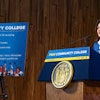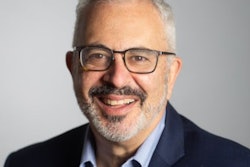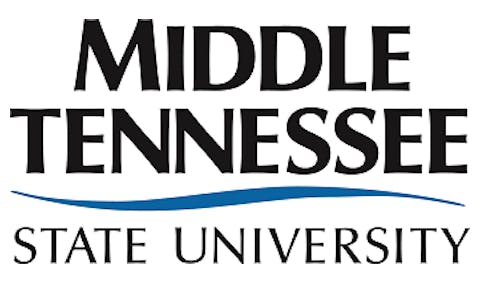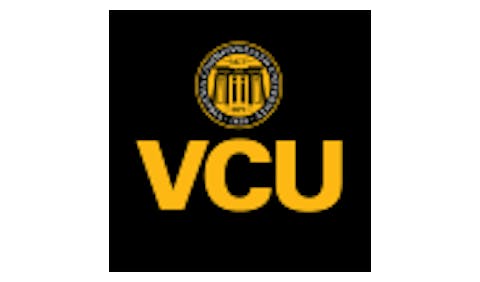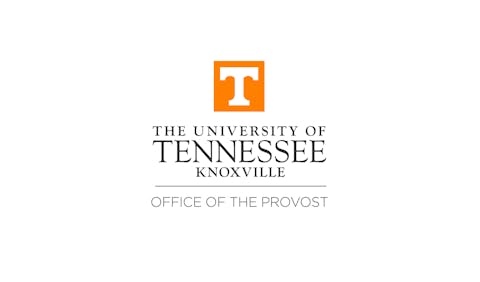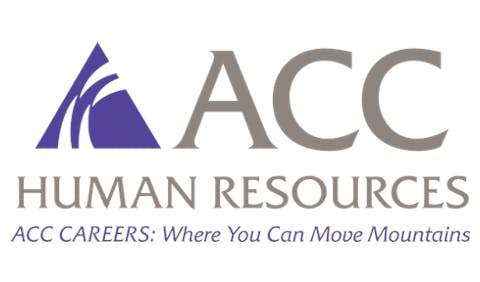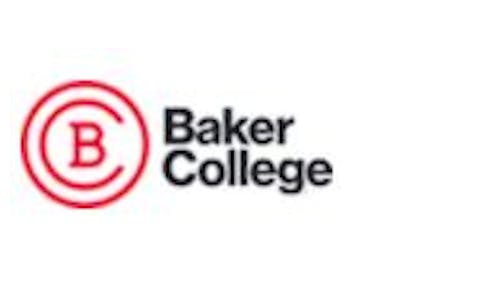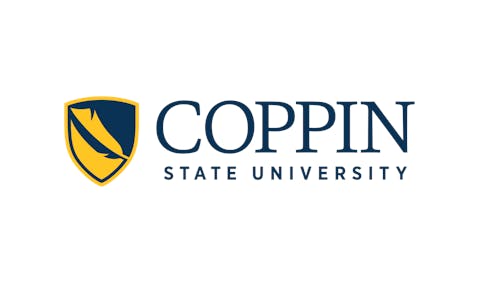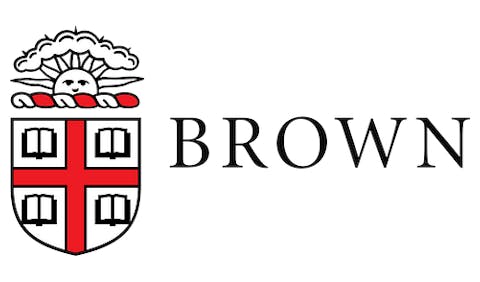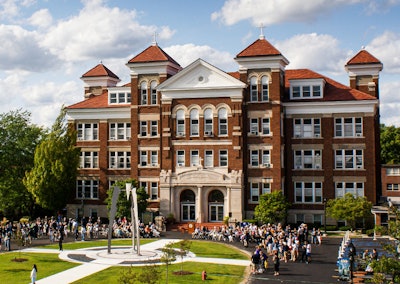
The Adrian, Michigan-based institution made the announcement with backing from both its Board of Trustees and the General Council of the Adrian Dominican Sisters, the religious order that founded the university in 1919.
University leadership cited insurmountable financial pressures and operational challenges as driving factors behind the closure decision. Despite sustained efforts from various stakeholders, administrators determined that continuing operations beyond the upcoming academic year would not be financially viable.
“For 105 years, Siena Heights University has been a beacon of light in a world sometimes cast in darkness," said Dr. Douglas B. Palmer, the university's president. "The spirit of Siena Heights will continue long after the institution itself closes its doors because it lives in every graduate, faculty member, and staff person who has been on campus – whether in-person or online."
As the university prepares for closure, officials said that supporting current students through academic completion remains the top institutional priority. The university plans to establish transfer agreements with partner institutions to minimize disruption to students' educational pathways.
Faculty and staff will receive transition assistance as the institution winds down operations over the coming year.
Palmer stressed the university's commitment to maintaining a full academic experience during its final year, including continuing athletics programs, residential life, support services, and extracurricular activities.
"We are deeply grateful to the faculty, staff, students, and alumni who have worked hard decade after decade to make Siena Heights an incredibly special place," Palmer said. "We look ahead to the next academic year planning all the activities one would normally get including athletics, residential life, and great events that we share with our alumni and entire community."
Founded by the Adrian Dominican Sisters in 1919, Siena Heights University has served as a Catholic institution committed to educating a diverse student population throughout its 105-year history. The university has maintained both traditional on-campus programs and expanded into online education offerings.
The closure represents another significant loss in the landscape of small, private colleges, particularly those with religious affiliations, as institutions nationwide grapple with declining enrollment, financial pressures, and changing student demographics.


